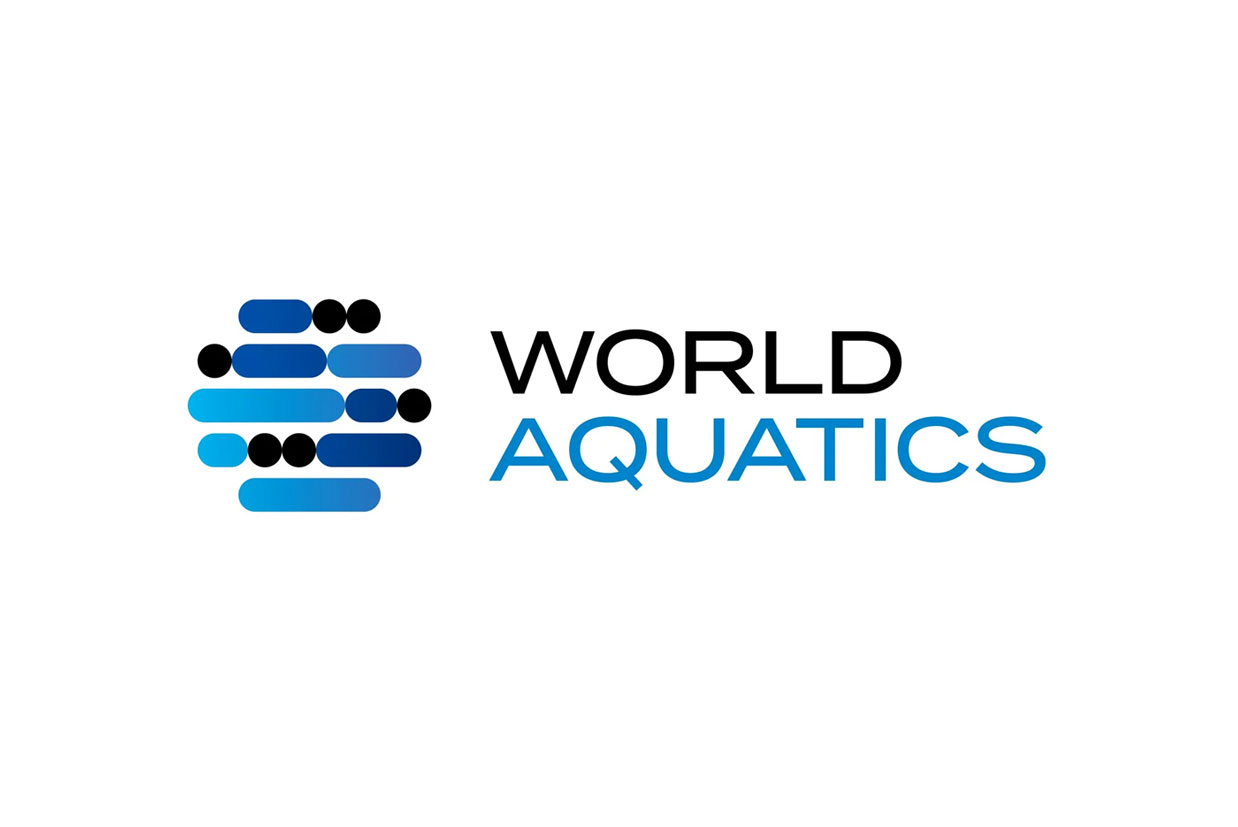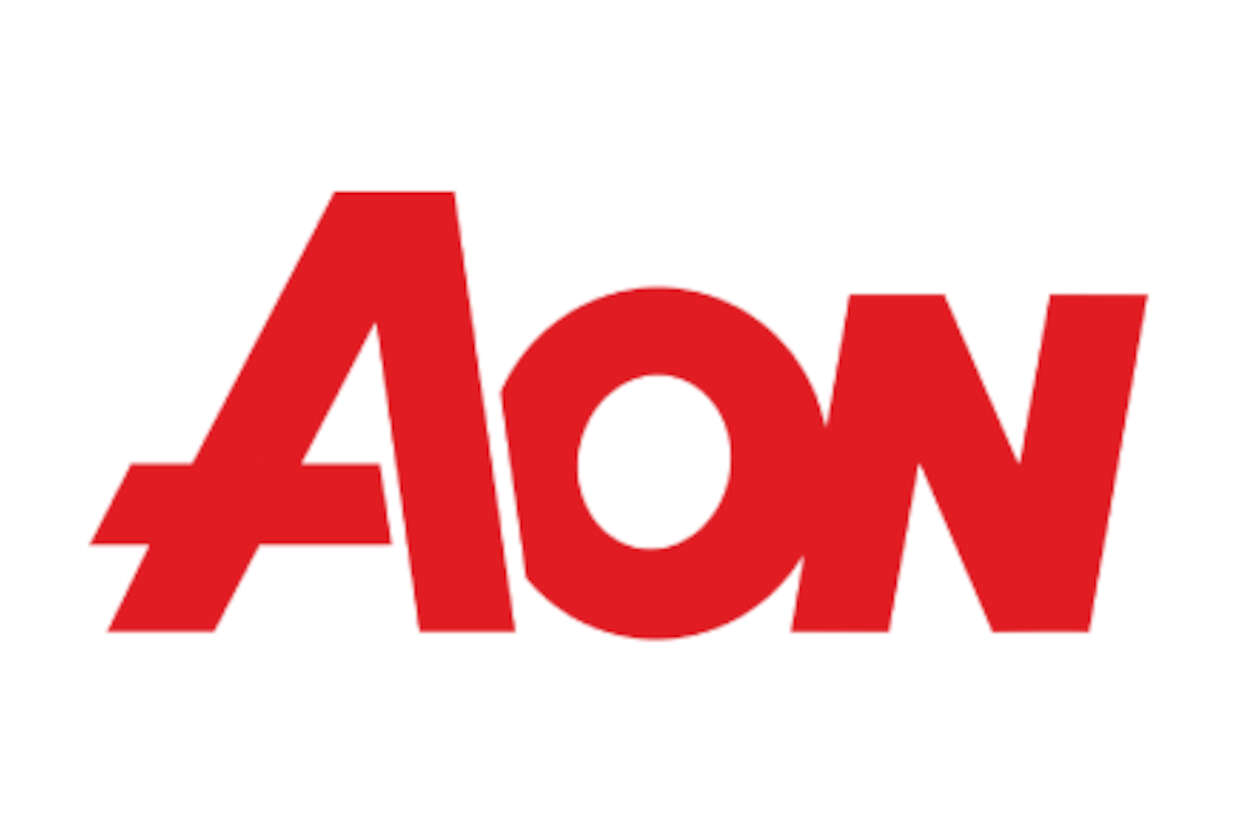Introduction
Team Rubicon is a humanitarian organisation, set up in 2010 by two Marines who helped bring aid to the people of Haiti after a devastating earthquake. What started as an eight-strong team of military veterans, first responders and medical professionals has grown into a movement with over 150,000 volunteers.
The organisation tackles natural disasters all over the world. “Think hurricanes, tornadoes, Afghan resettlement, the Ukraine crisis and supporting refugees,” says Jonathan Glancy, Deputy Director of content production at Team Rubicon. “The pandemic was also huge for us, providing vaccinations and testing to rural communities.”
The Challenge
“When I joined Team Rubicon, there were 50,000 photos and terabytes of video footage, and it was scattered across hard drives. They were third party production companies and different producers. You can imagine how hard it was to find content.’
“I found myself spending most of my time distributing content - creating SharePoint folders or Dropbox folders and sharing assets out one at a time. This manual process of distribution was not sustainable.”
Team Rubicon needed a solution that could centralise video and images in one secure place, where they could tag it for fast retrieval, deploy different group permissions and take advantage of self-service distribution. More than that, Team Rubicon wanted a flexible solution the whole organisation could use effectively, from the core team to the volunteers, sponsors and partners.
The Solution
Team Rubicon chose Imagen to provide a media asset management system (MAM). Crucially, it has changed the way they think about their content.
“If we deploy to an operation and we shoot 500 photos,” says Jonathan Glancy. “We’ll pick the top 30, top 50 photos; we’ll create B-roll packages that we’re comfortable sharing with media or other freelancers. We’ll still use Dropbox for working files, but the way we use Imagen is as a repository for all our finished products, promos, stories, features and photos we’re comfortable sharing publicly.”
Beyond the core team, reconnaissance teams sent to disaster zones can upload operational updates and volunteers can film user-generated content and ingest that into the MAM. The timeliness aspect here is “hugely important for fundraising,” says Jonathan Glancy, “especially in that 24 to 72-hour window where storms are in the headlines. People care, people want to help. We’ve got to get content out quickly and say: ‘hey, we’re there and we’re helping.’”
It also works the other way around. Thanks to Imagen’s flexible and granular permissions system, Team Rubicon encourages volunteers to access its MAM and download content. Because if those volunteers subsequently share that content through their own public channels, it gives the organisation’s marketing efforts an extra boost and maximises exposure.
“The clincher for me was pretty simple, I come from a sports background and I saw that imagen partnered with the mls and the nba. It’s kind of like: ‘okay, if you can handle the nba’s media, you can probably handle ours.”
JONATHAN GLANCY, DEPUTY DIRECTOR OF CONTENT PRODUCTION - TEAM RUBICON
Results and Benefits
DISTRIBUTION
Not only has Team Rubicon streamlined its workflows and reorganised its archive, the whole organisation has benefited from distribution features in the Imagen platform that enables volunteers and partners to easily access and share content.
COLLABORATION
“We’re doing a lot more collaborations, more commercial pieces and feature videos. There’s just so much cool stuff that we’re doing. We’re also starting to get some interest from some OTT platforms that want to syndicate our content or produce new stuff with us. I can’t give Imagen or myself all the credit, but just providing the tools and the distribution is enabling all these other amazing things.”
INVIGORATING THE ORGANISATION
Using the Imagen MAM platform has changed the way Team Rubicon thinks about themselves as an organisation. “I think viewing yourself as a media company is key,” he says, noting that the way brands communicate most effectively is through photos and videos. “You trust brands that have a story that’s genuine, that you get. It doesn’t matter what industry you’re in. You should think about your story; think about what type of media is a priority for you. It might not be video. It could be something else. It could be photos or PDFs. You’ve got to invest in it. You’ve got to set up the processes. You’ve got to use the right tools.”




